Leveraging Treaties for Work Visas in the United States: Focus on the UK and EU

Introduction:
In today’s interconnected global landscape, businesses are increasingly looking to recruit international talent to drive innovation and growth. HR and hiring managers play a critical role in hiring exceptional foreign workers while ensuring compliance with immigration laws.
The first step in this process is to have a firm understanding of the significance of treaties, particularly those between the UK and EU countries. In this blog post, we’re going to explore how important treaties are in obtaining work visas, as well as how Dutta Law Firm can help in streamlining your hiring process.
Understanding the Impact of Treaties on Work Visas:
Treaties, or bilateral agreements between countries, hold significant influence over global trade, investment, and immigration. Their relevance to the visa application process cannot be overstated. Here are the work visa types you might use as an HR or hiring manager:
First and foremost, whether this is an E-1 or E-2, the company’s nationality (in the US) must be British or British owned at least 50% and the individual seeking a visa must also be a UK passport holder. The company ownership has a few different iterations but the most common is that the CEO or president opening the company is a British national and owns 50% of the company. The other alternative is that a British holding company owns the US company in part or in whole no less than 50%.
E-1 Treaty Trader Visa:
The E-1 visa is for those who are actively engaged in substantial international trade between the United States and their home country. To qualify, the applicant’s country must hold a treaty of commerce and navigation with the United States. It’s important to note here that despite the UK’s departure from the European Union, it still has its own treaty with the US, allowing its citizens continued access to the benefits of the E-1 visa.
By taking advantage of the E-1 visa, HR managers can access a pool of skilled professionals from the UK and EU countries. These workers often have specialized knowledge of their respective markets and talents that could prove to be valuable assets for companies actively involved in international trade.
E-2 Treaty Investor Visa:
The E-2 visa was put in place to encourage foreign investment in the United States, and it allows people from treaty countries to work based on substantial investments in US businesses. While the UK doesn’t currently hold an E-2 treaty with the US, some EU member states, such as France and Germany, do have their own agreements in place.
HR managers who want to explore this option should start by collaborating with investors from EU member states that have existing treaties. This collaboration will not only facilitate the recruitment of skilled workers, but it can also contribute to the growth and development of their US-based operations.
Other Treaty-Based Visa Options:
Along with E-1 and E-2 visas, you have several other treaty-based visa options at your disposal as an HR manager.. These include the H-1B1 visa for certain specialized occupations, the L-1 visa for intracompany transfers, and the O visa for workers with extraordinary abilities.

Conclusion
With the assistance of Dutta Law Firm, the complexities of work visas become more manageable. HR managers can capitalize on treaty provisions, streamline the hiring process, and access exceptional talent from the UK and EU countries. By embracing these opportunities, organizations can build a dynamic workforce, fostering global collaborations, and positioning themselves for success in the competitive international marketplace.
When embarking on the journey of securing work visas in the United States, our experienced attorneys here at Dutta Law Firm can help you navigate the complexities of the work visa process. That way, you can focus on expanding your talent pool, fostering diversity, and leveraging cross-cultural exchange within your organization. Get started today with a complimentary consultation, and be on your way toward building a dynamic workforce.
